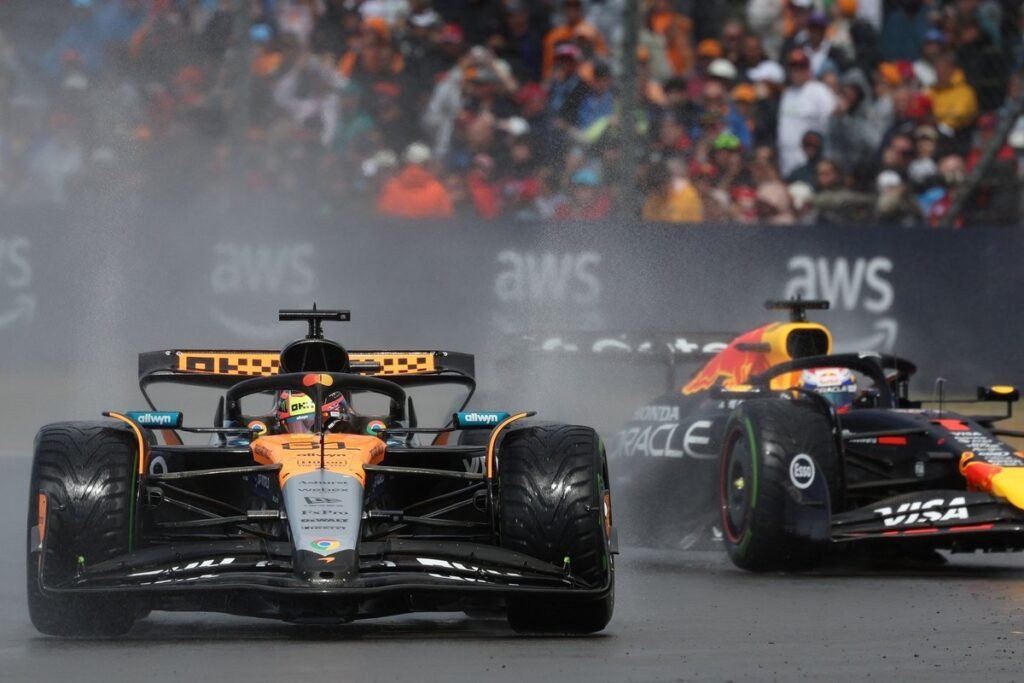British Grand Prix: Piastri’s Penalty Sparks Controversy
At the British Grand Prix, Oscar Piastri faced a 10-second penalty after a heavy brake incident behind the safety car, reigniting debate over safety car protocols in Formula 1. Piastri was leading the race when he slowed from 218 km/h to 52 km/h, forcing Max Verstappen to take evasive action. Verstappen initially passed Piastri but ultimately finished fifth due to the incident and subsequent penalties.
Red Bull team principal Christian Horner highlighted that this situation mirrored George Russell’s actions during the Canadian Grand Prix, where Red Bull’s appeal for a similar penalty was dismissed on the grounds that Russell’s braking was deemed acceptable for tire management. However, British race stewards noticed the extreme nature of Piastri’s braking and deemed it a breach of protocol.
Horner commented, “I wasn’t surprised to see him get a penalty… It was probably more surprising that George didn’t get one in Montreal.” Despite the setback, Verstappen was one of the fastest cars once conditions improved, illustrating the potential of Red Bull’s low downforce setup employed during the race, although the strategy ultimately backfired due to the variable weather conditions.
Verstappen had secured pole position by matching Sebastian Vettel’s record of 44 poles for Red Bull, having utilized a minimal downforce configuration. Horner explained, “We trimmed out the car basically to Monza levels of downforce… but the forecasts underestimated how heavy the rain would fall.”
In the aftermath, Horner acknowledged the challenges faced by Verstappen in the pack amid wet conditions, indicating that the decision to run a low-downforce setup was a calculated risk. “In dry conditions, he would have been very quick… but the weather intervened,” he stated, reflecting on the missed opportunity.
With Piastri’s victory at Silverstone and Norris’s strong performance, the McLaren team capitalized on Red Bull’s misfortunes, while the race underscored the ongoing complexities involved in safety car situations and strategic weather-related calls in F1.


